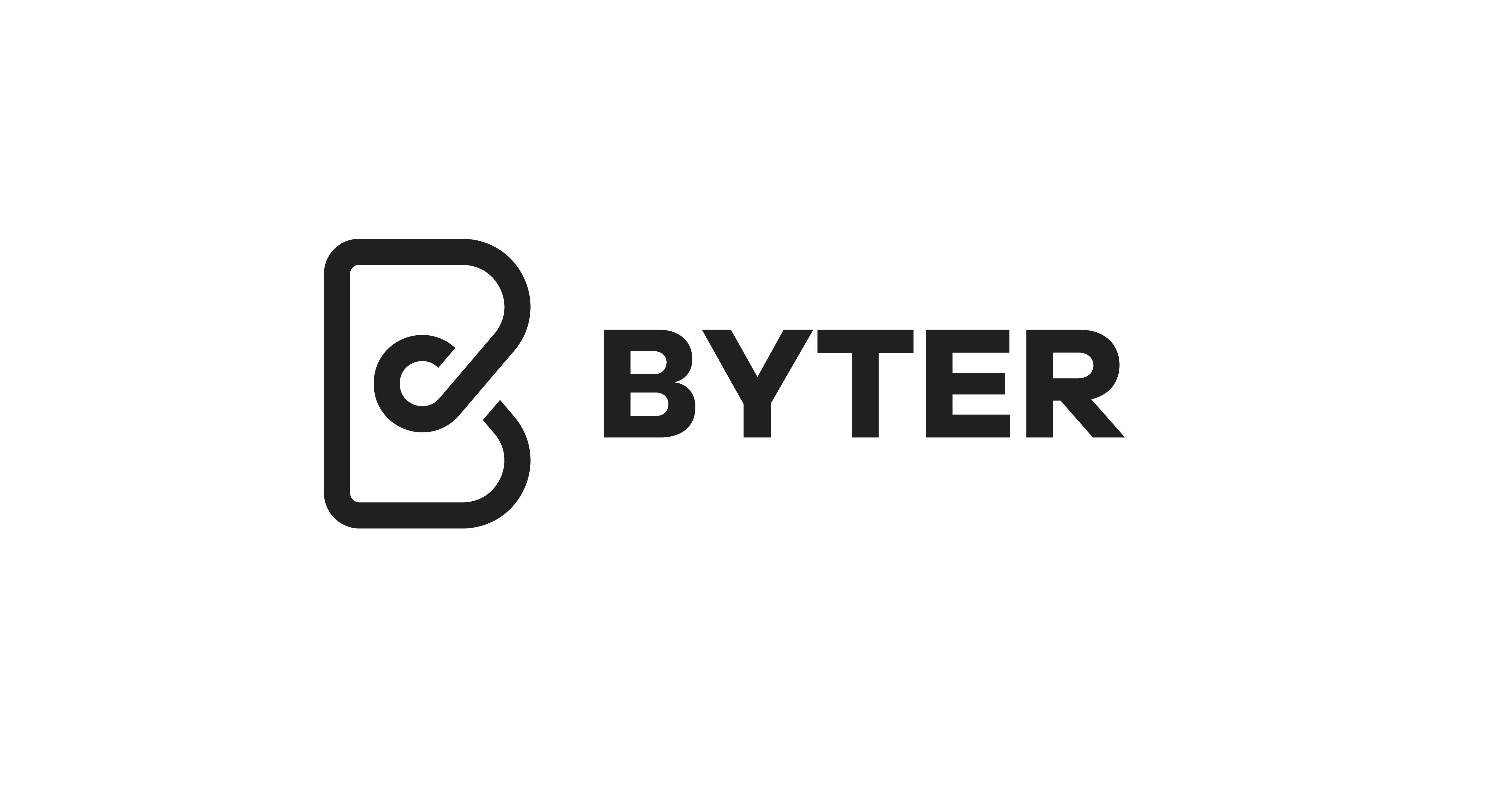SEO Rank Tracking: The Changing Future
SEO rank tracking is undergoing a dramatic shift as Google changes force a rethink of data accuracy and relevance. Google’s recent clampdown on scraping practices has made it clear that the old way of gathering ranking data may no longer be viable. For years, marketers relied on tools that pulled search results using the num=100 parameter, which displayed up to 100 organic results in one go. This allowed rank-tracking providers to monitor positions at scale.
With Google disabling this option, however, the industry is now at a crossroads. What once appeared to be a reliable source of data may have been misleading all along, distorted by the very scraping methods that powered third-party tools. The focus, many now argue, should move away from obsessing over the top 100 and instead centre on the positions that actually matter.
SEO Rank Tracking and the Num=100 Parameter
![]() The num=100 search parameter was a technical shortcut that let users (and, more importantly, tracking software) pull a full page of 100 results in one query. For keyword trackers, this meant less crawling and faster, more efficient data collection.
The num=100 search parameter was a technical shortcut that let users (and, more importantly, tracking software) pull a full page of 100 results in one query. For keyword trackers, this meant less crawling and faster, more efficient data collection.
Now that Google has cut off this function, tools are being forced into an unsustainable position: either scale crawling activity tenfold – which is costly and inefficient – or rethink the type of data they prioritise. This is not just a logistical hurdle; it’s a fundamental challenge to how rank-tracking data is gathered and interpreted.
The Push to Keep Traditional Tracking Alive
Some within the industry are determined to preserve the status quo. Mike Roberts, founder of SpyFu, has taken a firm stand, vowing to continue delivering top 100 results despite the added cost. His message has been one of resistance, framing the issue as a fight to keep valuable data accessible.
Yet, as his own words reveal, the struggle is expensive and potentially unsustainable. Without wider collaboration, the effort to maintain full-spectrum ranking data risks becoming a costly exercise with limited payoff.
SEO Rank Tracking: A More Pragmatic Perspective
Others see the change as inevitable – and perhaps even overdue. Tim Soulo, CMO of Ahrefs, has suggested that the future lies not in chasing all 100 results but in focusing on the rankings that actually drive traffic and opportunity.
According to his perspective:
- Top 10 results are essential, as they capture the majority of search traffic.
- Positions 11–20 highlight opportunities, where competitors hover close to breaking into the first page.
- Anything beyond position 20 is, in most cases, simply evidence that a page is indexed, with little practical value.
Many professionals have agreed with this more selective approach. After all, whether a page sits at position 25 or 95, it remains far from meaningful visibility.
The Importance of Page Two
That said, not all data beyond the first page should be dismissed. Positions in the teens and early twenties can provide critical insight. They suggest that a page is relevant but being outperformed by stronger competitors in terms of quality, user experience, or trust. With the right adjustments, these positions can be stepping stones toward first-page visibility.
In contrast, rankings buried deeper in the results rarely indicate actionable opportunity. Instead, they highlight issues of relevance or quality that need more fundamental fixes.
SEO Rank Tracking and Search Console Data
![]() Widespread scraping has apparently distorted Google Search Console data, creating another intriguing development. Since Google introduced the num=100 block, many users have noticed lower impression counts. Impressions represent the number of times a page appears for a query, so fewer impressions suggest a more accurate – but perhaps less flattering – picture of visibility.
Widespread scraping has apparently distorted Google Search Console data, creating another intriguing development. Since Google introduced the num=100 block, many users have noticed lower impression counts. Impressions represent the number of times a page appears for a query, so fewer impressions suggest a more accurate – but perhaps less flattering – picture of visibility.
SEO and developer Tyler Gargula examined data across hundreds of properties and found that nearly 88% experienced drops in impressions. Over three-quarters also lost query counts, reducing visibility for unique keywords. His analysis suggested that what once looked like broad exposure was, in reality, inflated by scraping methods.
Notably, his findings showed that:
- Short and mid-tail keywords saw the largest drops in impressions.
- Page three and beyond suffered the steepest reductions.
- Top-ranking keywords became more stable, offering a truer reflection of performance.
This suggests that Google’s move may have created a more accurate search environment, free from the artificial inflation of scraped results.
Google’s Broader Battle Against Scrapers
The removal of the num=100 function is unlikely to be the last move in Google’s anti-scraping efforts. Reports suggest that the company is actively investing in new technologies and hiring engineers to detect and counter scraping activity.
The rationale is simple: scraping not only undermines Google’s systems but also distorts the data available to users through tools like Search Console. By tightening control, Google is seeking to provide cleaner, more accurate insights – though at the cost of third-party tracking models.
SEO Rank Tracking: What This Means for SEO
The industry now faces a critical question: how much ranking data is genuinely useful?
The temptation to track everything has long been strong, but the reality is that only the most visible positions have a meaningful impact. The disabling of num=100 forces a rethink and pushes professionals to focus on the most relevant opportunities. Furthermore, it encourages attention on the top 20 results rather than fixating on the noise beyond page three.
The Benefits of a Narrower Focus
- More meaningful analysis: Concentrating on top results highlights where real competition lies.
- Actionable insights: Positions just outside page one offer clear opportunities for improvement.
- Reduced distortion: Data becomes less bloated by irrelevant rankings and inflated impressions.
Looking Ahead
Google’s decision to block the num=100 parameter represents more than just a technical adjustment. It marks the beginning of a shift in how SEO professionals approach rank tracking and, more broadly, how they measure performance.
Rather than lamenting the loss of bloated datasets, the industry may benefit from this refocusing. By prioritising what truly matters – the rankings that drive traffic, shape competition, and reveal opportunities – marketers can spend less time on meaningless metrics and more on impactful strategy.
In short, the future of rank tracking is diverging in two directions, creating distinct paths for SEO professionals. On one hand, some cling to collecting every scrap of data, while others embrace a leaner, practical focus on visibility. The latter may well prove to be the path that leads to stronger, clearer, and more sustainable SEO practices.







